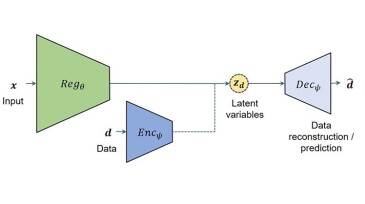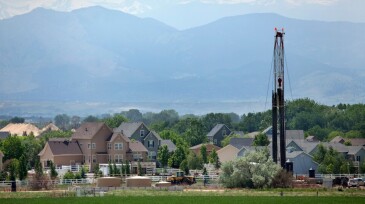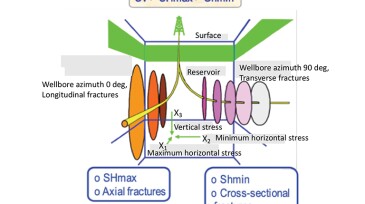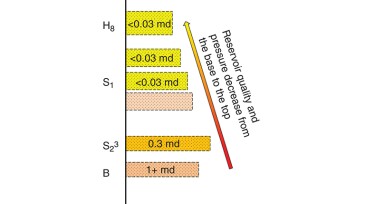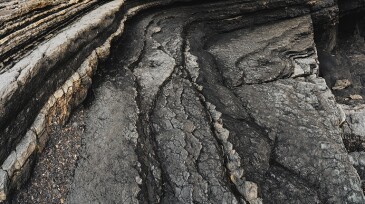hydraulic fracturing
-
The produced water conundrum in the Permian Basin will be solved by a mix of recycling, disposal, and future breakthroughs in technology currently being studied.
-
This paper presents a numerical simulation work flow, with emphasis on hydraulic fracture simulation, that optimizes well spacing and completion design simultaneously.
-
The authors discuss the development of a deep-learning model to identify errors in simulation-based performance prediction in unconventional reservoirs.
-
The authors of this paper compare case studies from the Bakken and the STACK plays to conclude that mineralogy, petrophysics, and reservoir-condition differences between basins cause differences in the effect of fracture-driven interactions.
-
According to the study conducted by professors at Boston College, the effects were most significant among Black and Asian women.
-
To combat rising prices ahead of winter, the UK will subsidize household energy costs and work to expand domestic energy supplies across the board.
-
Pennsylvania children living near unconventional oil and gas developments at birth were two to three times more likely to be diagnosed with leukemia between the ages of 2 and 7 than those who did not live near this oil and gas activity, after accounting for other factors that could influence cancer risk, a novel study from the Yale School of Public Health finds.
-
This paper presents a work flow that has been applied to crossdipole sonic data acquired in a vertical pilot well drilled in the Permian Basin.
-
This paper describes a new intelligent dosing technology to reduce liquid loading in an unconventional tight gas reservoir.
-
The paper provides insights on diffusion in organic matter to correct a primary source of underestimation of gas production in shale-gas models.



